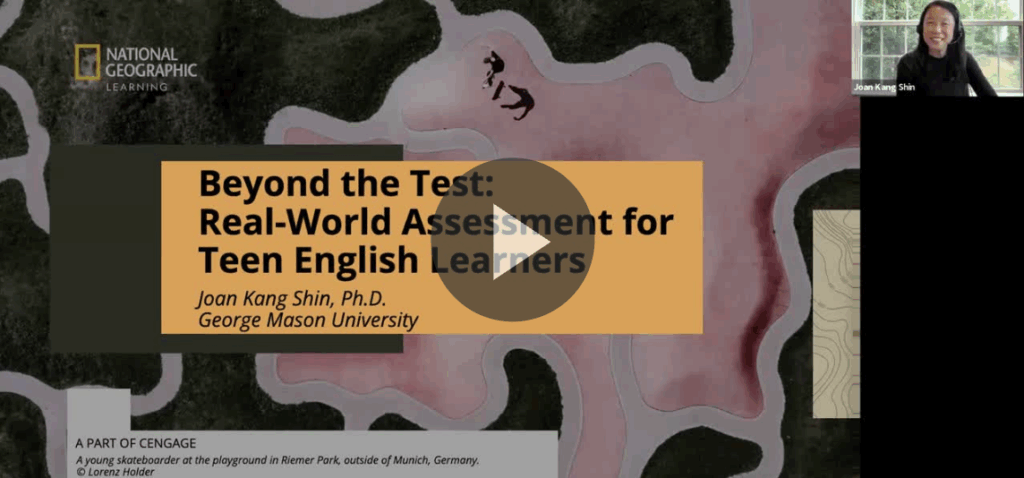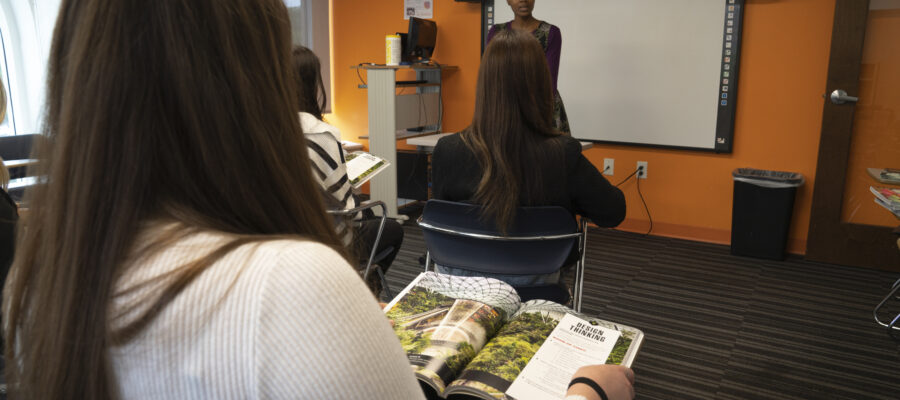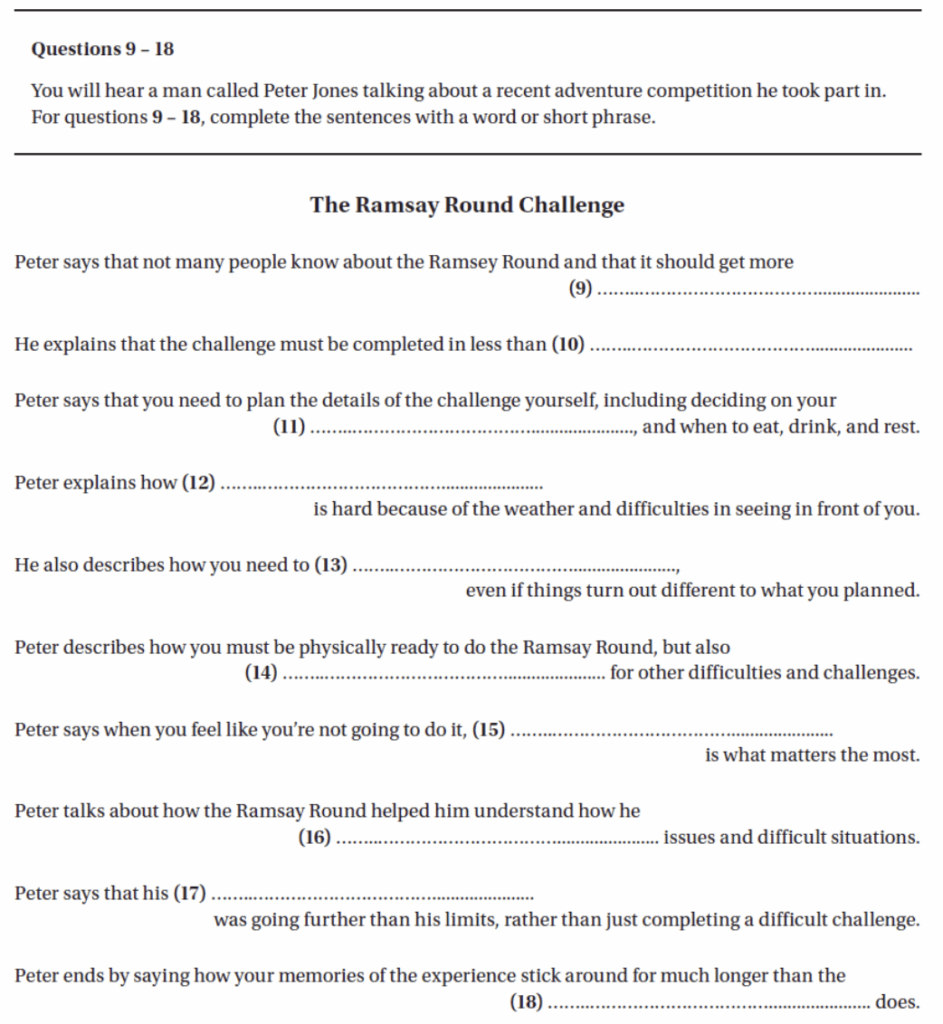When we hear the word exam, many of us picture rows of desks, silence in the room, and nervous students sweating over a paper. But exam preparation doesn’t have to be stressful or dry—especially when we’re teaching teenagers English.
Yes, exams matter. International English exams open doors for teens. Done well, assessment prepares students not only for exams but also for real-life communication and the 21st century skills they’ll need long after test day. And here’s the good news: exam practice doesn’t have to be boring! You can weave exam-style tasks into lessons in ways that feel fun, meaningful, and low pressure.
Let’s explore how to connect assessment tasks to students’ interests by embedding authentic, engaging topics that inspire curiosity and creativity. With the right approach, assessment becomes something teens look forward to—because it feels real.
A Two-Step Process
It’s easier than you might think to embed exam items into real-world contexts. Here’s a simple two-step approach:
Step 1: Identify the exam task types.
Start by learning what kinds of tasks appear on the exams your students are preparing for. If they’re taking Cambridge exams, for example, look closely at the reading, listening, writing, and speaking tasks in the B1 Preliminary or B2 First exams. Notice the question formats—multiple choice, fill-in-the-blank, compare-and-contrast, short answer, and so on.
Step 2: Mirror those tasks in your instruction.
Once you’re familiar with the tasks, bring them into your lessons—but wrap them in engaging, real-world content. Instead of isolating exam practice, embed it in authentic topics that motivate and excite your students.
Reading Skill Building
As suggested in Step 1, let’s look at a sample reading test item. Here is an example of a Cambridge mock test item from “B1 Preliminary” formerly known as Cambridge English: Preliminary (PET). This requires students to read about Lily, Jaward, and Annie to identify what’s unique about each one and answer the questions.
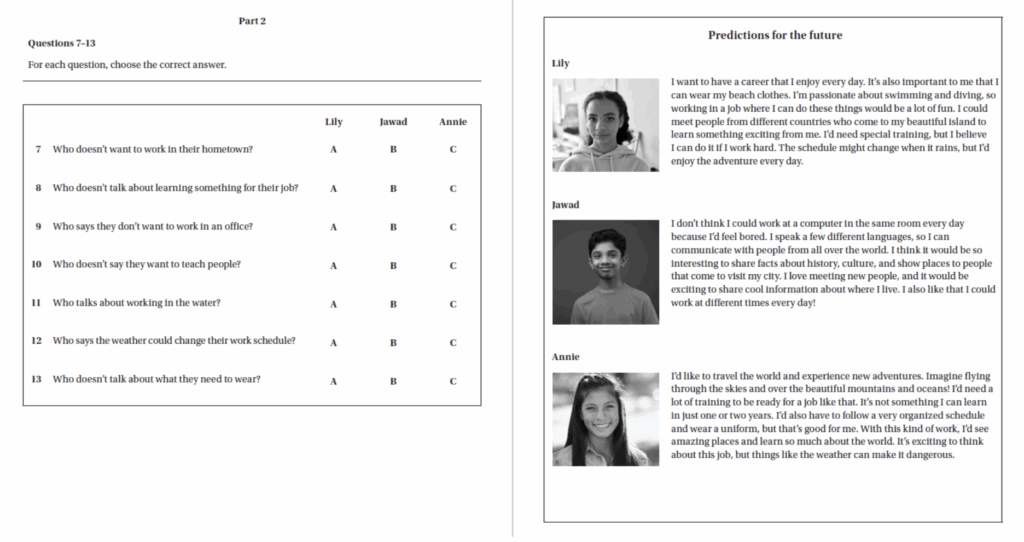
Following Step 2, you can easily mirror this kind of compare-and-contrast task using more authentic and inspiring content. For example, this reading from Impact, Second Edition features National Geographic Explorers who work in extreme environments. Students practice the same skill—comparing and contrasting—but through fascinating, real-world stories.
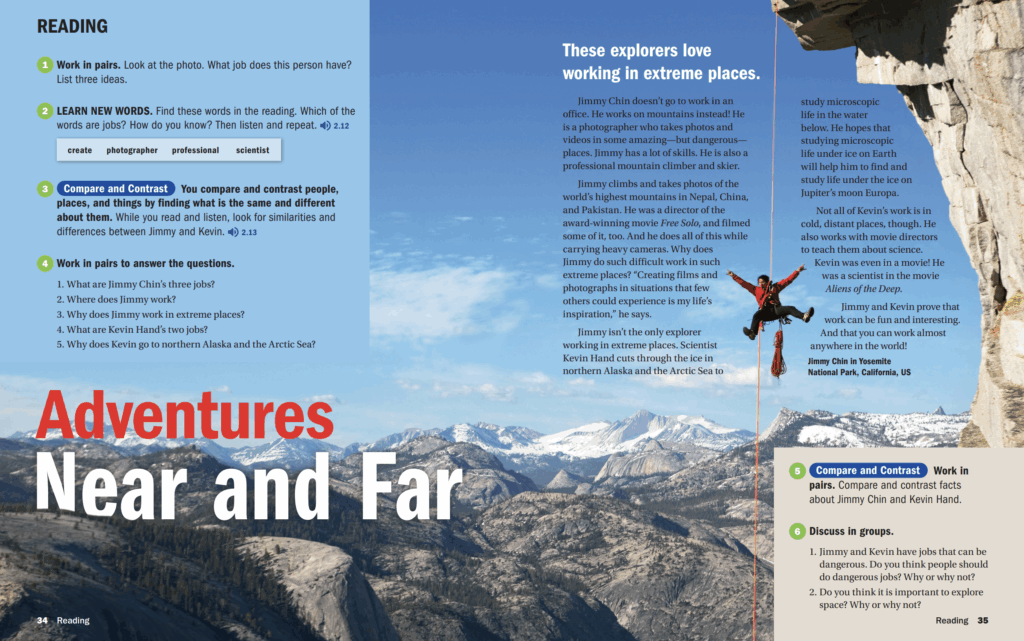
This approach keeps exam preparation fresh and engaging. The reading task still develops the same skills needed for the test, but students are also learning about Explorers, innovation, and global issues—topics that spark curiosity and critical thinking.
Listening Skill Building
You can apply this idea to listening tasks too. Many international exams, including Cambridge tests, require students to listen for specific information and fill in blanks. Here is a sample listening test item from the Cambridge First English Test for Schools Sample Test:
Yes, it’s valuable for students to do official practice tests, but they also need lots of listening practice for meaning. You can use authentic audio materials—like short talks or interviews about inspirational people—to mirror exam-style activities.
For instance, instead of a generic test prompt, use a clip about National Geographic Explorer and entrepreneur Tan Le. Have students complete a sentence-completion task based on what they hear, just as they would on the exam. They’ll build the same listening sub-skills—listening for gist and detail—but with content that captures their imagination.

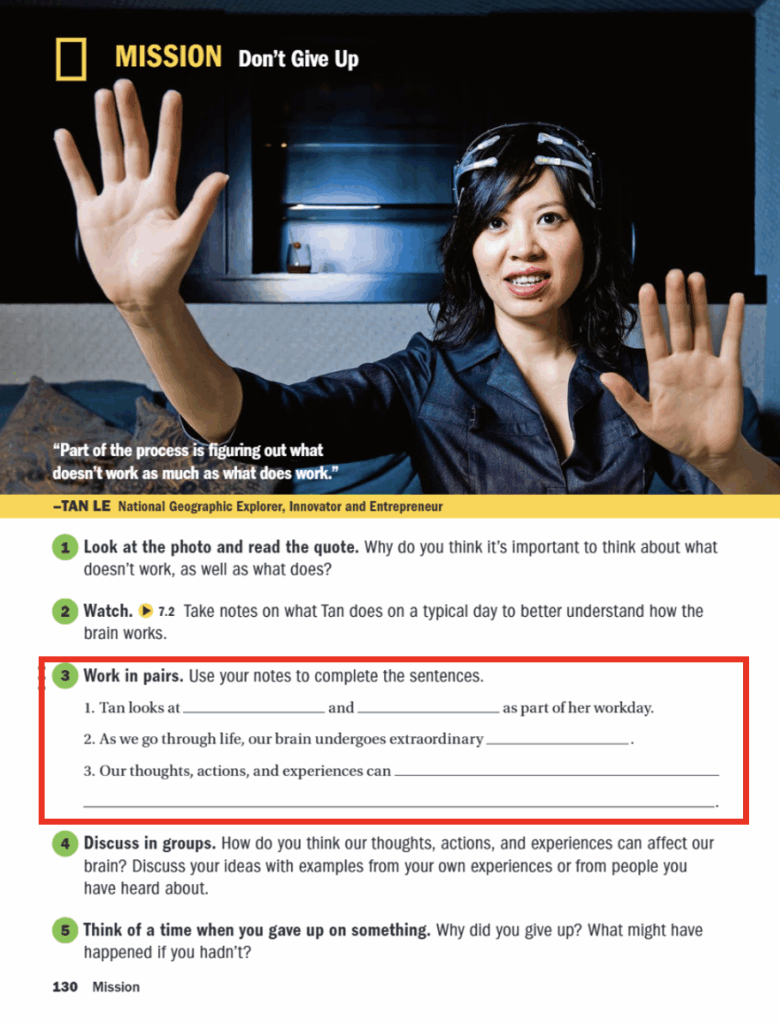
Final Thoughts
When teens see that the tasks they practice in class connect to real-world topics, they stay motivated and curious. They realize that English isn’t just something to “study for a test”— it’s a way to understand and communicate with the world.
Embedding exam tasks into engaging lessons also helps teachers. It provides authentic reasons to practice language structures and strategies that appear on exams, without turning class time into endless test prep. Students still develop the accuracy and focus required for high performance, but they do it while exploring topics they care about.
When exam preparation meets real-world learning, amazing things happen! The secret isn’t in drilling test items—it’s in turning them into learning opportunities that feel relevant and alive.
Watch this recording of Dr. Joan Kang Shin’s webinar for more advice to make exam preparation relevant, relatable, and real for teens!
